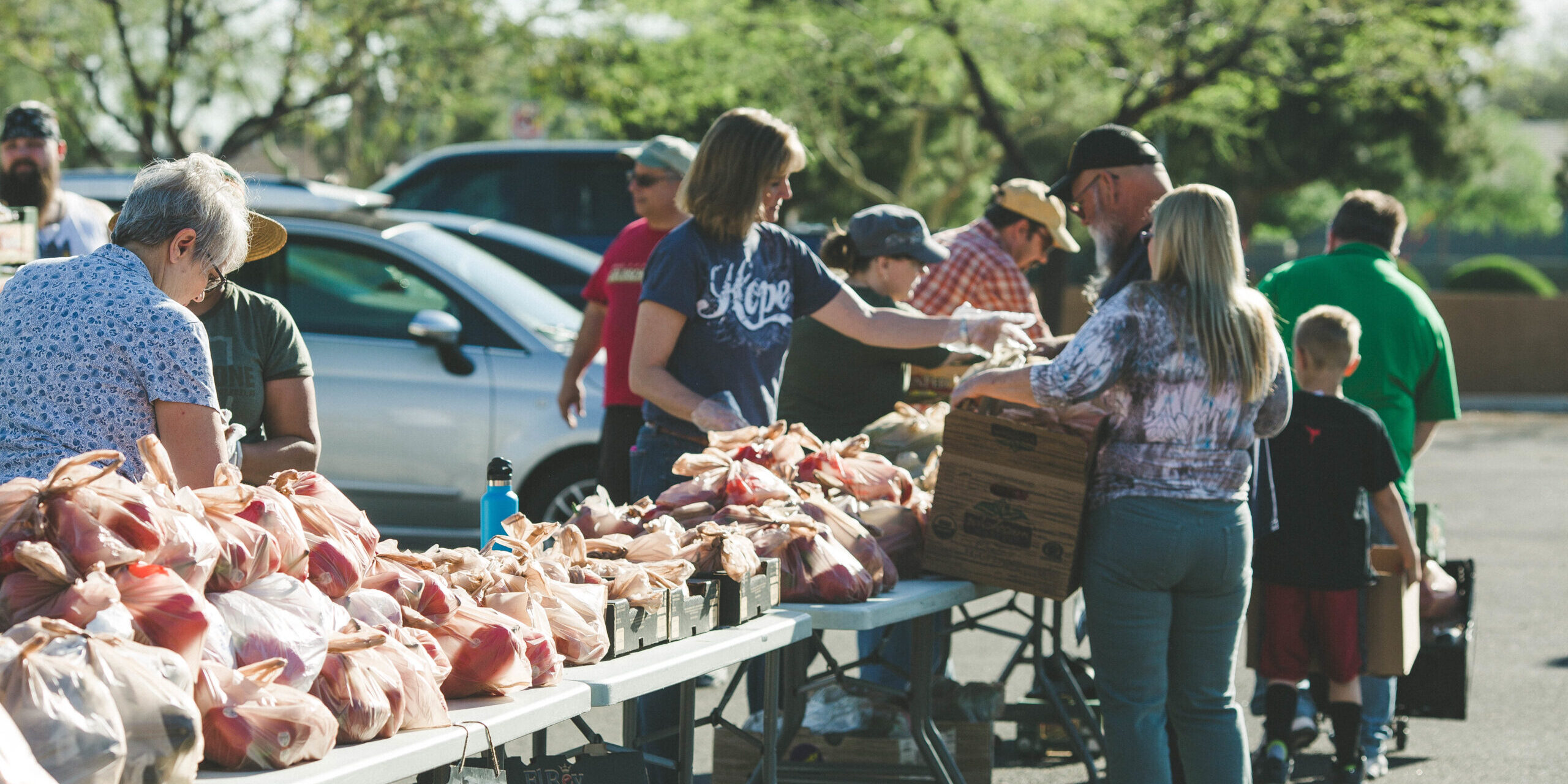“We don’t need the building [for our mission]. Other people do need the building and should be in the building because there’s possibilities that God’s Spirit is going to be doing something in there.” — Pastor, Open Hearts UMC
The Religious Workforce Project’s team has conducted interviews with 44 congregational leaders in the greater Washington, D.C. area to understand how they staff their ministry in their changing contexts. These interviews have taken place before and during the COVID pandemic, giving us a unique opportunity to explore changes caused by the pandemic and its long-term impacts. Because the pandemic forced congregations to take worship and other ministries outside the building, it has encouraged some congregations to reconsider the use of their church facilities.
Open Hearts United Methodist Church (a pseudonym) is a congregation that came to the realization during the pandemic that the building is not for the church; it’s for the community. One thing that really stood out for us is their decision to do a building audit after they expanded a food distribution ministry. It’s a pretty big church, and it’s growing. They weren’t in trouble going into the pandemic. It is a suburban church, and the people who attend have the resources they need. They were not really reaching out to the community all that much before the pandemic. They had a food ministry that reached perhaps twenty families each month, a preschool, and a few other outreach ministries.
However, the pandemic showed how much the community really needed a food ministry, and they rose to the occasion and now serve more than 200 families or individuals each month. They have developed and expanded a variety of ministries related to food insecurity: a food co-op, holiday food and gift distribution programs, hot breakfasts, community lunches, and a garden. Many of these ministries involve volunteers from the congregation and from the surrounding community. They also partner with volunteers from the surrounding community to gather and package food for area food banks. In addition to addressing hunger, they distribute other personal care items, books, and school supplies, and offer a safe space for those facing homelessness to get in out of the cold. They also address some of the underlying causes through mentoring and social justice advocacy and support.
Offering all these services required using a lot of the building and reconfiguring some spaces to make it happen. The plan was driven by the growth of the co-op, which was an outcome of the pandemic. They are sacrificing some office space to create more large spaces for gathering. They are thinking about enclosing the courtyard and changing the seating in the worship space from pews to chairs so that the worship space can be used for other purposes. The new facilities plan also includes a clearer “children’s wing” that will be better for securing the preschool.
This rethinking of the building use has required a cultural shift, to be sure. The pastor has had to work hard to make that happen:
We haven’t needed [the building]. I think the building’s here because we want a space where community members can come and be transformed by the love of Jesus Christ. And so I’m kind of planting those seeds about ‘this isn’t about us’…..Other people do need the building and should be in the building because [there are] possibilities that God’s Spirit is going to be doing something in there…I think our main connection [to the community] is our outreach ministries. We read Toxic Charity, and we have totally shifted how we do outreach ministry so we can build relationships.
As life post-COVID finally begins to settle down, churches are re-evaluating how to use their facilities in ways that reflect their changed relationship with the community. If you are a leader in a congregation, how might this congregation’s story inspire you to reimagine your church’s facility use to better connect with your community?
— Deb Coe and Tim Snyder







